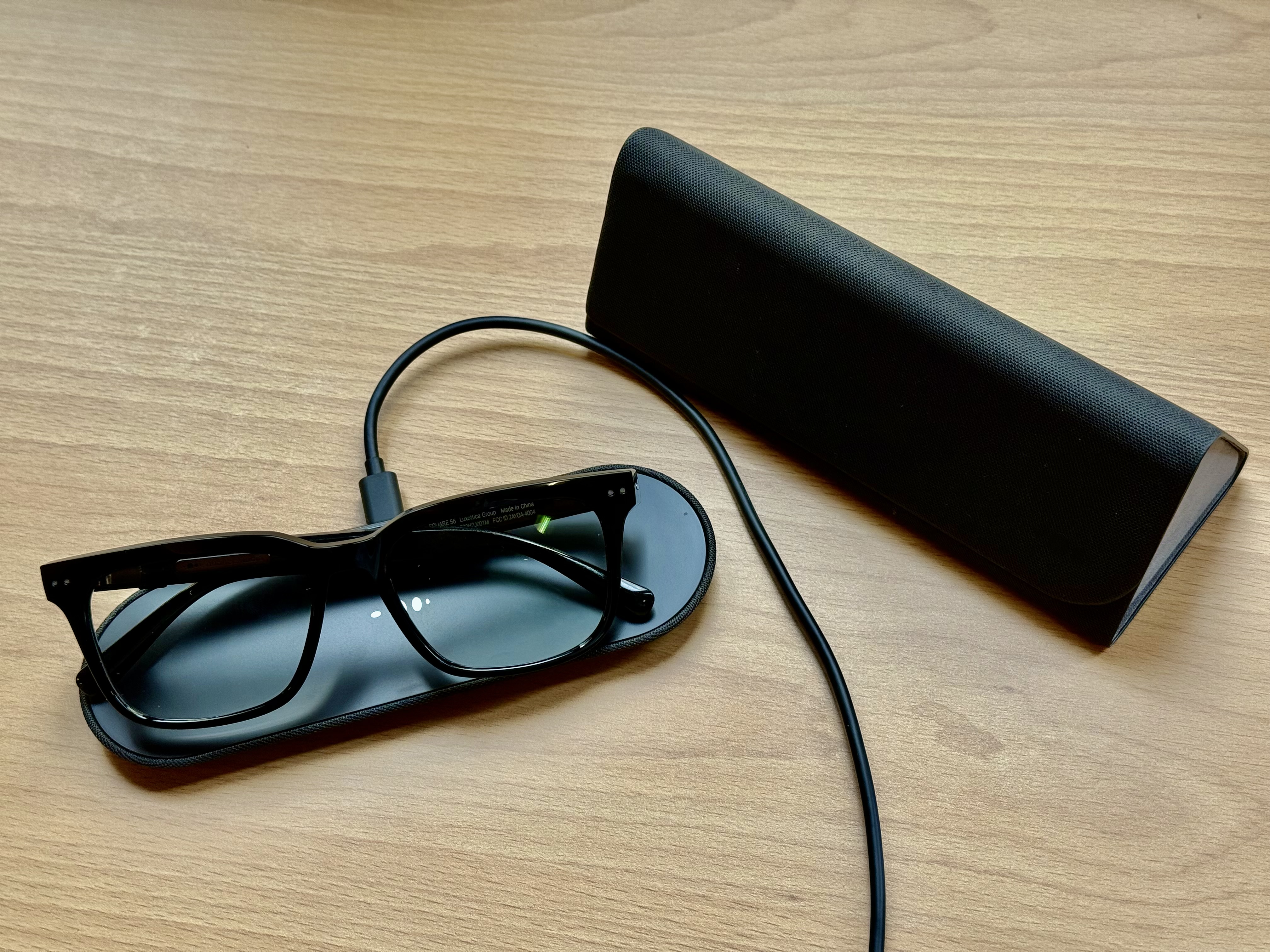In heavy traffic, driving and rest times are broken at a steady pace- « the number is quite a lot per company »

Transport|Last year, 80 % of the transportation companies reviewed were observed in driving and resting offenses or tachographs.
In May police reached the control of a driver who had held one day off in the last day of one day.
The case is an extreme example, says the police officer of the Police Board Kari Onninen. However, it is one of the cases among numerous driving and resting offenses: the amount of breakdowns and rest periods for heavy traffic drivers remain high year after year.
According to Onninen, most of the offenses of driving and rest times go by the same formula. When a 45 -minute break or in parts of 15-30 minutes should be taken every four and a half hours, the breaks are not taken or too short.
Driving and rest times are monitored on roadside and corporate controls, but hardly any change has occurred. For example, over the last four years, a maximum of 694 offenses and at least 595 years have been observed, according to Traficom’s data.
“We have always been hoped for the rest of the rest times to go for the better.
Last year, 80 % of the transportation companies reviewed in the transportation and tachographs were observed in driving and tachographs, says the Inspector of the Regional Administration of Northern Finland Ville Gröndahl.
35 % of the companies reviewed had been driven without a driver’s card used in the tachograph, which, according to Gröndahl, typically aims to encrypt too long driving times and insufficient rest times.
”
« Customers put pressure on the rapid movement of the goods. »
Fated Make drivers a rough 80-20 division: 80 % strive to comply with the rules by all means, 20 % not so much.
« The fact that no drivers would comply with any rules is not true. However, 20 % is the special target group of our control, that is, those who could not be of little interest to compliance with professional traffic rules, » Onninen says.
According to Onninen, driving and resting times should be adhered to for the driver’s rights and other safety on the road.
According to Onninen and Gröndahl, violations can also be guided by the insufficient planning of the transport company.
Supervision is targeted at transport companies where preliminary information is estimated to have a need for official guidance, ie risk companies. Thus, many companies are excluded from supervision.
Although violations may be due to the operation of a driver or transport company, more and more pressure is based on Gröndahl from the outside.
« When I go to transport companies myself, it is highlighting that customers create pressure on the rapid movement of the goods. That too can be a challenge that brings its own worries in the long distances in the country, » says Gröndahl.
”
« With a small division, it finds out that the number is quite a lot per company. »
Traffic arrangements, such as congestion, road sites and the lack of drivers’ break and resting places, may also have an impact, says Traficom’s leading expert Pasi Hautalahti.
Labor protection authority introduced at the beginning of the year analysis programthrough which the offenses found in rest time control will be transferred to Traficic, the Finnish Transport and Communications Agency, faster.
Traficom’s Hautalahti says that after the introduction of the analysis program, 1,045 trades have been brought to the attention of the Traficom, which has been collected from 81 business inspections. Most of the violations are still from 2024.
“With a small division, it finds out that the number is quite a lot per company,” says Hautalahti.
« About a dozen offenses per inspection, » he continues.
The Police Board is undergoing a new guide for driving and resting times to tighten the guidelines for transport control.







/s3/static.nrc.nl/images/gn4/stripped/data133142024-40321a.jpg|https://images.nrc.nl/JCbUUfseg0mUwmik3nAPl2g9ghY=/1920x/filters:no_upscale()/s3/static.nrc.nl/images/gn4/stripped/data133142024-40321a.jpg|https://images.nrc.nl/QX8Fk5gGrnEqBbY8a-CgwxexeUE=/5760x/filters:no_upscale()/s3/static.nrc.nl/images/gn4/stripped/data133142024-40321a.jpg)